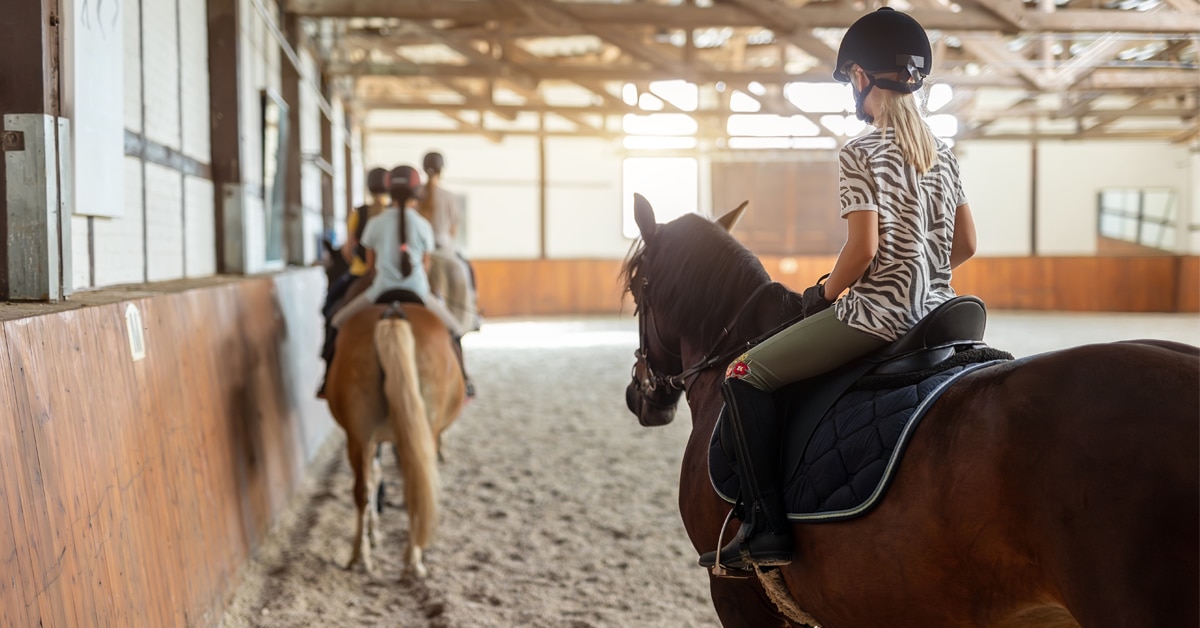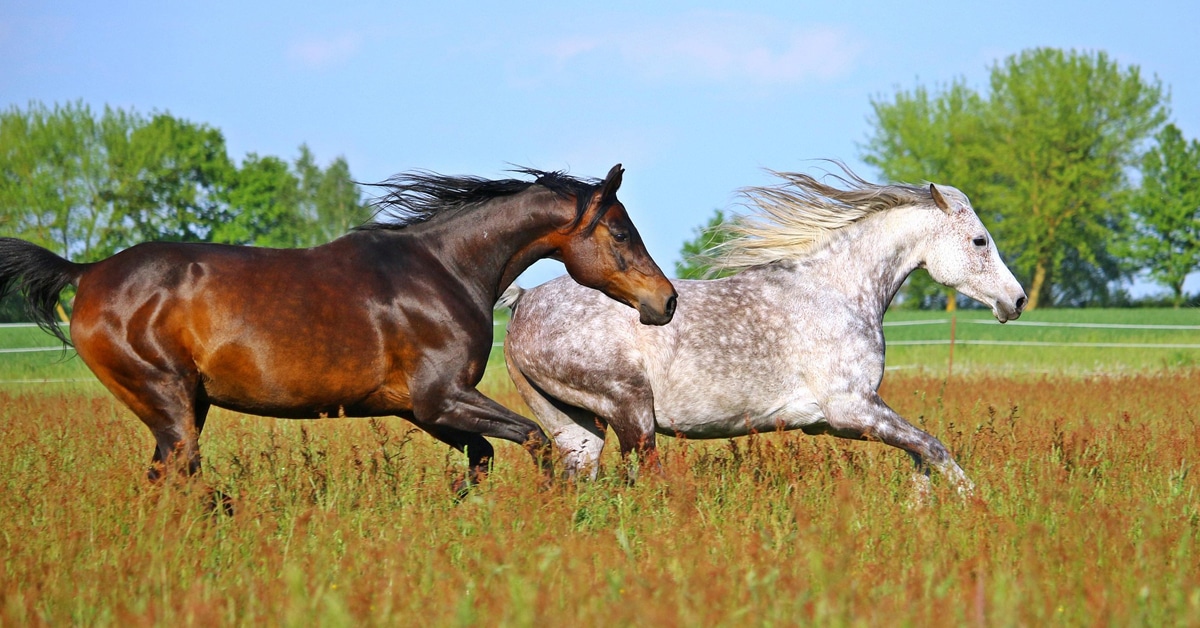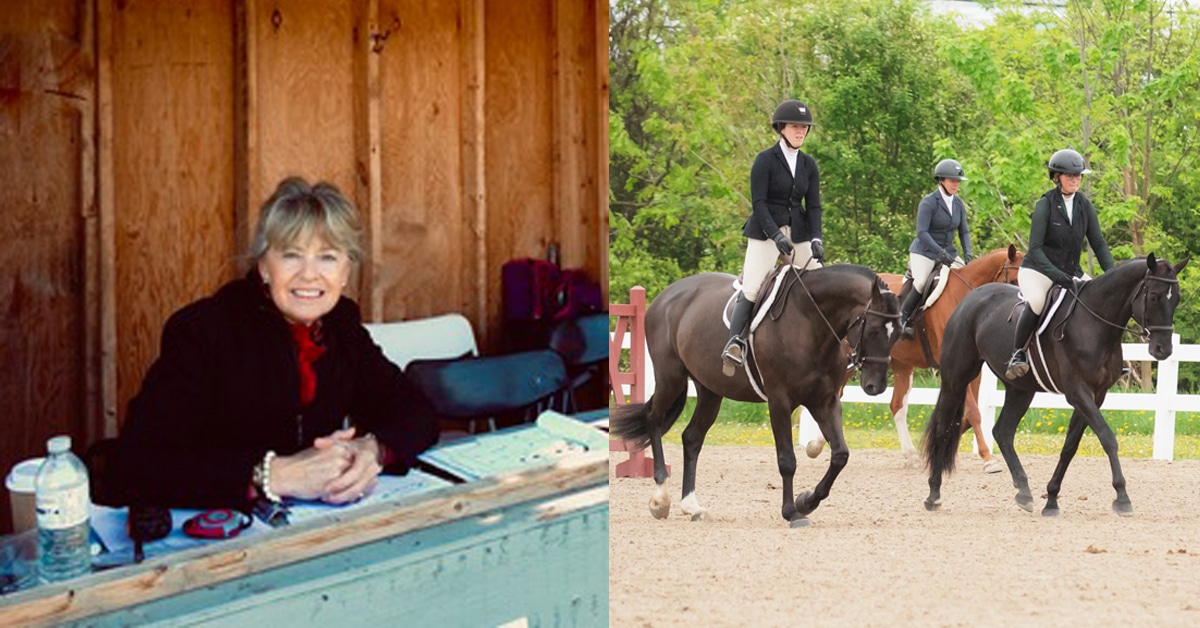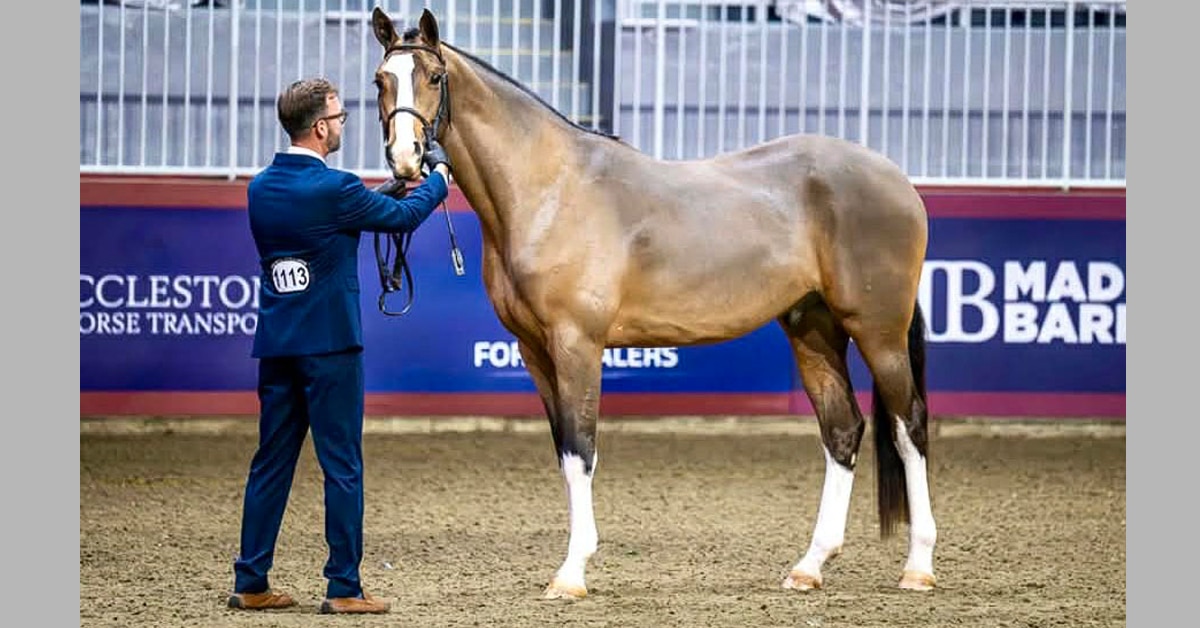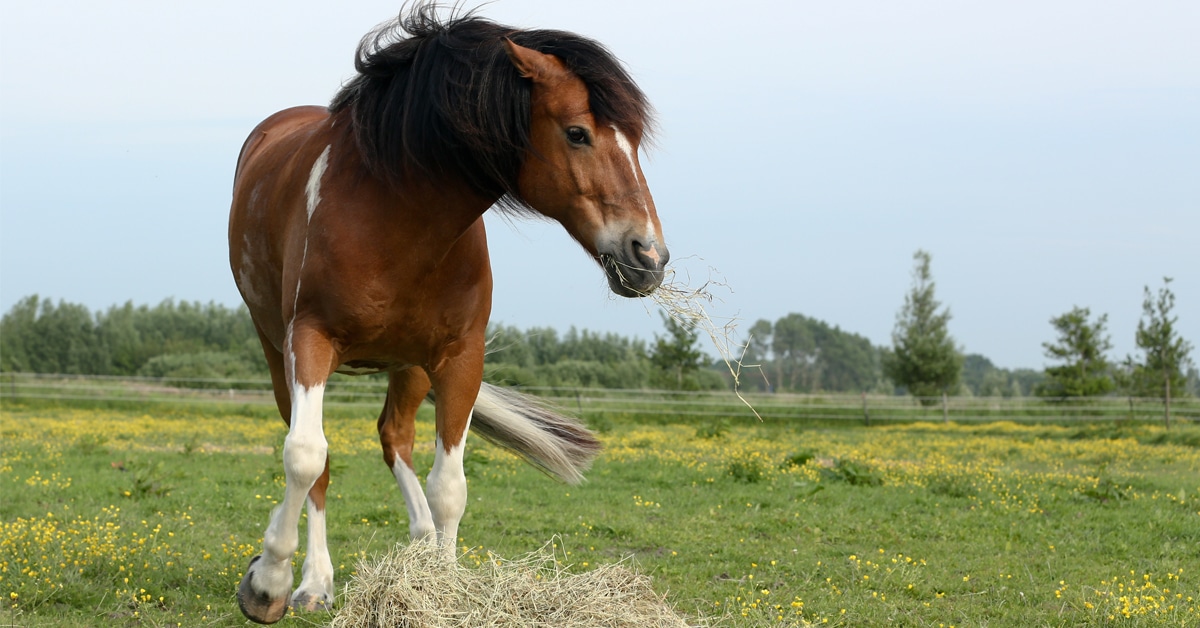For Liz Bates and Leo Rauscher, speaking the horse’s language is at the core of their business.
Bates is a Canadian Grand Prix rider who relocated to Europe in 2016; in 2024 she was double clear in a CSIO3* in the Netherlands and was on the MLSJ Northern Lights team that won gold in Ottawa. Rauscher, a Brazilian trainer with a background in natural horsemanship, counts among his clients Nelson and Rodrigo Pessoa, Luciana Diniz, Ashlee Bond, and Victoria Colvin. The pair partnered in 2021 and now now travel worldwide giving clinics and developing young horses out of their Breakaway Equestrian base just outside of Antwerp, Belgium; they also have a facility in Wellington, FL.
Rauscher’s proven record of starting horses, re-starting horses, and giving young performance horses a foundation for the top of the sport have earned his young horse starting program a long waitlist. Bates and Rauscher share a belief that horsemanship is a simple principle.
“That’s not to say that it’s easy to master,” she says, “but people often believe that in order for something to be important and impressive, it needs to be complex. Horsemanship to us means understanding how horses think, why horses do what they do, what they need to survive in nature, and what they need to survive with humans in the sport that we ask them to partake in. If we speak their language, we get clear answers right away.”
Speaking the horse’s language means a slower approach to training, and in an industry where time is money, Bates believes this may sometimes dissuade people from giving it a fair shot.
“Give yourself all day and it will take thirty minutes; give yourself thirty minutes, and it will take all day.”
Rauscher’s colt-starting program requires a minimum three-month time investment, but Rome wasn’t built in a day, says Bates, and often the ones who go for the quick fix are the ones coming back to them for help with problem horses.

“The more that fast goals are set for the benefit of the human in the equation – whether that is for the rider, owner, or trainer – the more the horses suffer.”
“The more that fast goals are set for the benefit of the human in the equation – whether that is for the rider, owner, or trainer – the more the horses suffer,” says Bates. “Leo used to say it would take him four months and he would end up getting the job done for most of them in two to three months. If we listen to our horses, it can go very fast. Give yourself all day and it will take thirty minutes; give yourself thirty minutes, and it will take all day.”
Learning to speak horse comes from observing the way horses educate each other, and the result is an effective method of training, says Rauscher.
“Horses, educated by their peers, learn very quickly what’s right and not right and what’s allowed – their herd educates them for us. If we learn to speak horse, we don’t need to spend ten thousand hours handling a young horse to be able to communicate well with it.”
He explains that horses always communicate at first with the slightest pressure, usually pinning the ears or swishing the tail, and they gradually build up pressure incrementally if the desired response is not achieved.
“In nature, a horse’s communication is very basic. They will move away from the slightest pressure and if we want to encourage lightness and softness, we too must start soft. Horses react to pressure, and they learn the lesson when the pressure is released. Since it’s the release of pressure that teaches what we want – on the ground and on their back – it’s up to us to decide how little we want that pressure to be, and how soon to release it.”
Rauscher believes people are often too strong and too late in their reactions to horse’s behaviour, and that there are often many opportunities to correct before a strong reaction is necessary. He references a common sight: a horse dragging its handler around, invading personal space, or walking out in front.
“When the handler finally gets stepped on, the horse gets a huge ‘correction’” he says. “If you were speaking horse, you would have already pinned your ears, broadened your stance, turned your hip, etc. etc. There would have been five to eight steps before the big kick. I believe if we are softer, earlier, horses will pay attention to your small movements, instead of waiting for big reactions that they can only react big to themselves.”
Another of the most important principles in their program from day one involves consistency of language. “When there is unity between how you communicate with them on the ground and on their backs, how you ask them to move their feet, bend, yield a hindquarter, or yield a shoulder, their life becomes much simpler,” Rauscher explains. “If we are consistent, horses have less anxiety and stress.”
Bates agrees that consistency in the early days is essential. “Having a few riders with a similar system is a must. Horses get confused and their reactions reflect this when they have a variety of instructions for one cue, or one cue with a variety of expectations. This goes for the people on the ground as well-there needs to be a whole, well-rounded system to have a solid foundation where horses actually understand how to think around us. If a mare pins her ears and turns her hip towards another horse’s hip, indicating ‘move away’, that horse will not run forward. However, people tend to put pressure, usually with a whip, on the haunch while lunging to go forward. Why not put that pressure where your leg goes? Rather than having two signals for the same thing by having it differ on the ground vs on the back, why not use the language that doesn’t contradict what they already understand in nature?”
“Cell phones disconnect us, and we are all seeing the effects of this in the generation of riders to come.”
Bates concedes that some believe these ‘natural’ approaches to training are outdated methods in a modern world, although she has noticed a recent shift. For a world in which horses are often fighting with phones for attention in the barn, a simpler approach to horsemanship would signify a return to prioritizing the relationship with the horse.

By paying attention to the horse and observing how the horse communicates, Bates and Rauscher seem to have struck the perfect balance of implementing traditional principles of horsemanship with an eye towards the future performance horse.
***
Check out lots of training tips and vids from Leo here.
The Latest

